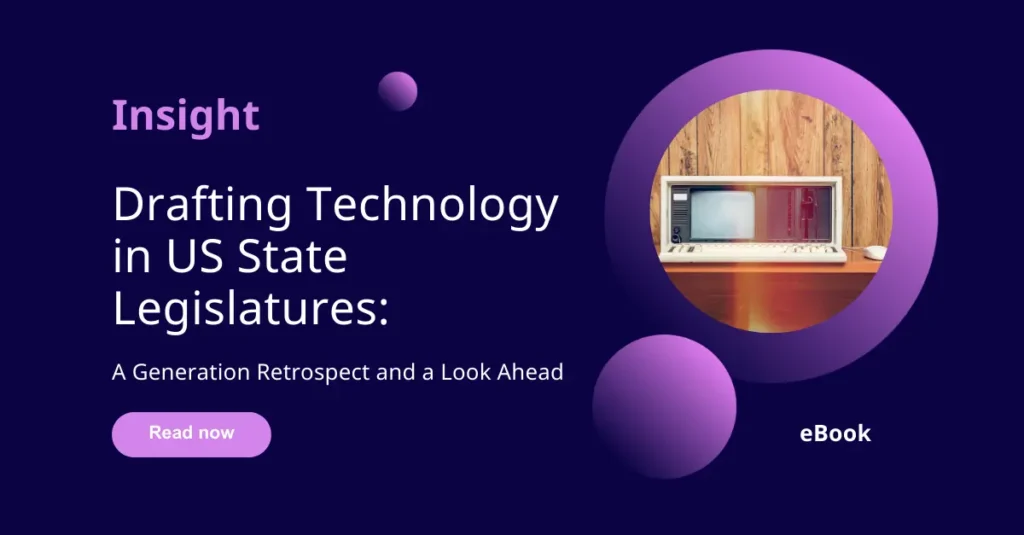Behind every rulebook, eligibility guide, or procedural manual is a team of people working tirelessly to make sense of complex laws, regulations, standards and policies. Public sector agencies tasked with producing rule-based manuals sit at a critical junction. On one hand, they must accurately interpret upstream regulatory material such as federal and state mandates. On the other, they must translate these into clear, actionable policies and procedures for downstream teams and the communities they serve. But the burden they carry is often invisible: constant revisions, version confusion, duplicated work, and the ever-present fear of missing something important.
For staff tasked with maintaining these books/guides and manuals, the work is both essential and exhausting.
Too Much Complexity, Not Enough Clarity
In many organizations, manual development processes are used involving multiple documents spread across multiple platforms. Policy writers, subject matter experts, legal reviewers, and operations staff juggle between Word docs, shared drives, legacy databases, and email chains. The result? Redundant work, version confusion, missed updates, and stalled approvals, which adds daily stress for the key people involved.
Many public-sector workers feel as if their jobs are a constant race to manage all the complexities involved.
Structured Systems, Simpler Work
This is where modern legislative and policy management tools can transform not just how books, guides, manuals are created, but how people access and use the content.
Complex documents are much easier to manage when they are assembled from modular components. For example, a component might represent a clause or a procedure. These components mean updates cascade where needed, and version history becomes transparent. Changes are tracked with precision, showing not just what changed, but why and when. Version history becomes transparent, and review cycles shrink. Creating the required outputs becomes a matter of assembly and insight, not document-wrangling involving endless copy and pasting and line-by-line review.
For staff, that means fewer redundant tasks, fewer late-night edits, and reduces anxiety about whether or not the books, manuals, or guides produced are accurate.
Sharing Knowledge, Not Nonsense
A structured foundation is key to ensuring that people’s expertise is accurately captured. especially as we enter the AI era. A system that understands the content, its context, its history, and its relationship to other content, will help everyone work smarter – including the AI systems that may consume the content. Think real-time alerts to regulatory changes, instant document comparisons, and proactive impact assessments. It becomes easier to focus on what matters: making policy clearer, not just making it fit the page.
Crucially, it also protects an organization’s intellectual property. When content is structured and tagged, it is easier to control how it is accessed and reused. Staff and stakeholders can link directly to source material with confidence, reducing errors and misinterpretation. Read our whitepaper on How to Structure Content for more information on this.
Better Systems, Better Outcomes
With the right systems in place, agencies can shift from being overwhelmed by regulatory complexity to becoming trusted translators of it. Fewer worries, less errors slip through and a lot more confidence that the guidance they publish will serve its purpose, accurately and reliably.
By enhancing the flexibility of the content living inside the books/manuals/guides, there will be better policy outcomes downstream.
This material is so much more that simply documents they are operational blueprints. And as the demands on public agencies grow, so must the precision, speed, and accessibility of the tools used to manage them.
Read below to further understand the evolution of drafting technologies.

